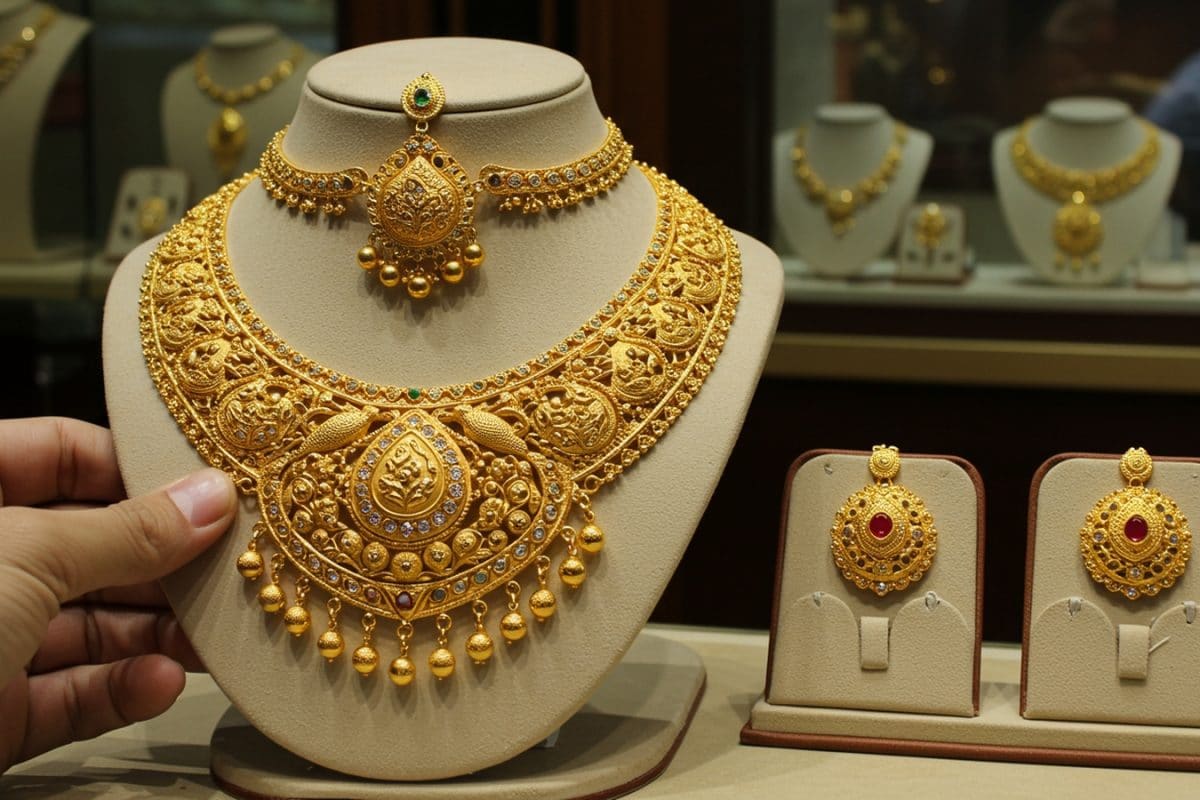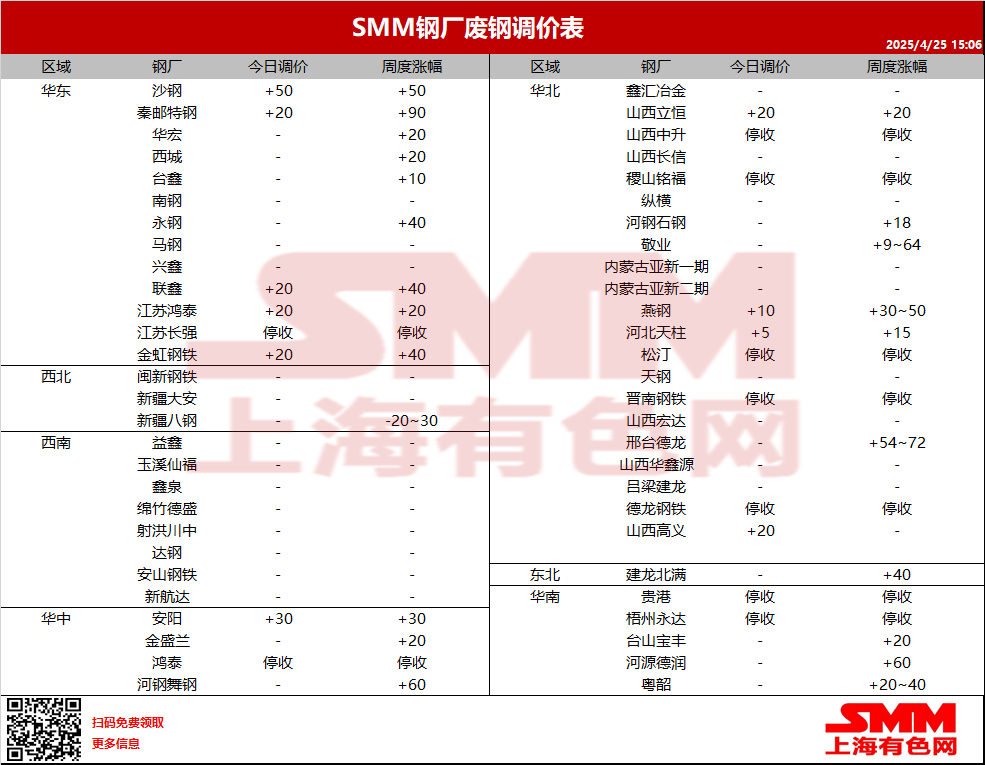Gold prices have surged 47% over the past year, making it an attractive investment. However, investors should maintain a balanced portfolio. Akshaya Tritiya 2025: As we approach Akshaya Tritiya, the call-to-gold has never been stronger.
And for obvious reasons: over the past year, gold’s spot price has surged 47%, climbing from $2,285 in April 2024 to $3,371 in April 2025. Back home, India saw intraday spot rates touch Rs 99,000, a near doubling since mid-2022. At first glance, it appears gold is the obvious winner.

But as investors, we must look beyond headline numbers and resist the urge to think in binaries. Gold has always played a critical role as a stabiliser in portfolios, especially during times of economic uncertainty and monetary overreach. But abandoning equities in its favour would be short-sighted.
Instead, it’s important to stay balanced. A strategic allocation—say, 5–15% in gold, a similar slice in short-term bonds, and the remainder in domestic and international equities—offers diversification while positioning investors to weather market fluctuations. Why invest in gold? Gold just had its best opening to the year since 1986.
For context, Rajiv Gandhi was the prime minister of India, Ronald Reagan was the president of the United States and pulpy movies like Nagina, Main Balwaan and Aakhree Raasta were on our silver screens to entertain us. Returning to gold’s recent powerful performance, in the January to March quarter, the yellow metal’s spot prices in Delhi rose 16.7%.
In comparison, the Sensex fell around 1.3% during the same period. Second, China’s retail gold market has rebounded post-pandemic.
Third, western investors have also reversed a multi-year trend of ETF outflows, marking the first significant inflows since 2020. Fourth, a perfect storm is brewing in the US: rising inflation, potential tariffs and a looming debt refinancing cliff. If $28 trillion in US debt is to be rolled over at double or even triple the earlier interest rates, the ripple effects across risk assets could be severe.
In this scenario, gold becomes not just a hedge, but a refuge. Fifth, central banks worldwide have been stockpiling gold due to geopolitical risks. Last year, global central bank gold purchases exceeded 1,000 tonnes for the third consecutive year, suggesting weakening confidence in dollar reserves following the freezing of Russian assets.
And then there’s the S&P 500-to-gold ratio, a metric that tells you how many ounces of gold it would take to buy the S&P 500. This ratio has dropped to its lowest post-pandemic levels, a strong signal that investors are shifting their risk perception. What’s worse is that it has broken its 10-year moving average, which has only happened thrice in the last 100 years.
One of the times it happened was in 1931, when the world was plunging into a recession. So, can gold continue this trajectory? A 20–25% upside in the medium term looks achievable. If geopolitical friction intensifies or bond markets wobble further, the metal could double over the next five years.
That’s because gold thrives when markets and economies are down. Ever since gold was untethered from the dollar in 1971, its correlation with equities has remained near-zero (correlation with S&P 500 is just 0.3%)—making it a powerful counterweight in diversified portfolios.
How and where to invest in gold? If one wants to skip physical gold, one can consider gold ETFs or gold funds for better security and liquidity. Internationally, iShares Gold Trust (0.25% expense ratio) and SPDR Gold Shares ETF (which has grown 6x over two decades) are strong options.
If you want to look at exchange-traded commodities (ETC), as that’s how gold ETFs are commonly traded in Europe, one can consider iShares Physical Gold ETC (Expense ratio: 0.12%; three-year returns: 19.21% CAGR; 5-year return: 12.
85% CAGR) and Invesco Physical Gold A (Expense ratio: 0.12%; three-year returns: 19.19% CAGR; 5-year return: 12.
8% CAGR). Domestically, Nippon India ETF Gold BeES and SBI Gold ETF are the largest exchange-traded funds in the country. That said, Kotak and ICICI Prudential’s gold ETF’s are the most cost-efficient, with expense ratios of 0.
55% and 0.5%, respectively. We also like gold mining funds, as they tend to do well when gold prices rise.
VanEck Gold Miners ETF can be an interesting option. Don’t ignore (foreign) equities It’s perfectly understandable why even seasoned, long-term investors may be tempted to go overweight on gold right now. But holding more than 10% of your portfolio in gold carries risks.
Gold often delivers strong performance after prolonged periods of sideways movement. Take the recent example: while gold outperformed the S&P 500 by over 20 percentage points in Q1 2025, such a divergence has occurred only 12 times in the past 50 years, according to Bespoke Investment Group. This is precisely the moment to take a page from Warren Buffett’s playbook: “Be greedy when others are fearful.
" Long-term equity investors should stay the course. Yes, the road ahead may be turbulent in the medium term, but it’s the long-term picture that matters. Attempting to time the market—even for professional investors—is almost always futile.
Remarkably, 78% of the best days in the S&P 500 have historically occurred during bear markets or in the early stages of a bull market. Miss the 10 best days over the last 30 years, and your returns would have been cut in half. Miss the top 30 days, and your returns would have fallen by an extraordinary 83%, according to Hartford Funds.
The story is no different in India: skipping the 40 best days in the Sensex could have dented your overall returns by nearly 67%. For new investors, a slow-drip approach—investing systematically in small amounts every week or month—is far more effective than making lump-sum bets. This strategy, known as rupee cost averaging, helps mitigate volatility.
And for long-term investors, history is clear: any time is a good time to start. Despite painful market drawdowns since the 1960s, the S&P 500 has averaged an annual return of 12%, while the Sensex has delivered in the 15% CAGR range since its inception in 1979. The US has been the best performing market in the last 10 years.
And one also got an additional kicker of 3-4% annual appreciation of the dollar till now. Diversification beyond India and US stocks Besides Indian and US stocks, one can consider the European market, especially its defense companies, chip supplier ASML and obesity-battling pharma company, Novo Nordisk. Those seeking European ETFs can consider FEZ SPDR Euro Stoxx 50 ETF and VGK Vanguard FTSE Europe ETF.
In short, this Akshaya Tritiya, think like a portfolio manager. Not a trend follower. Gold may be glittering, but it’s just one part of a well-diversified playbook.
Balance remains your greatest asset. This is authored by Yogesh Kansal, Cofounder & CBO of Appreciate The views expressed in this article are those of the author and do not represent the stand of this publication..
Business

Akshaya Tritiya 2025: Why Gold’s Shine Shouldn’t Overshadow Diversification

Gold prices have surged 47% over the past year, making it an attractive investment. However, investors should maintain a balanced portfolio.














